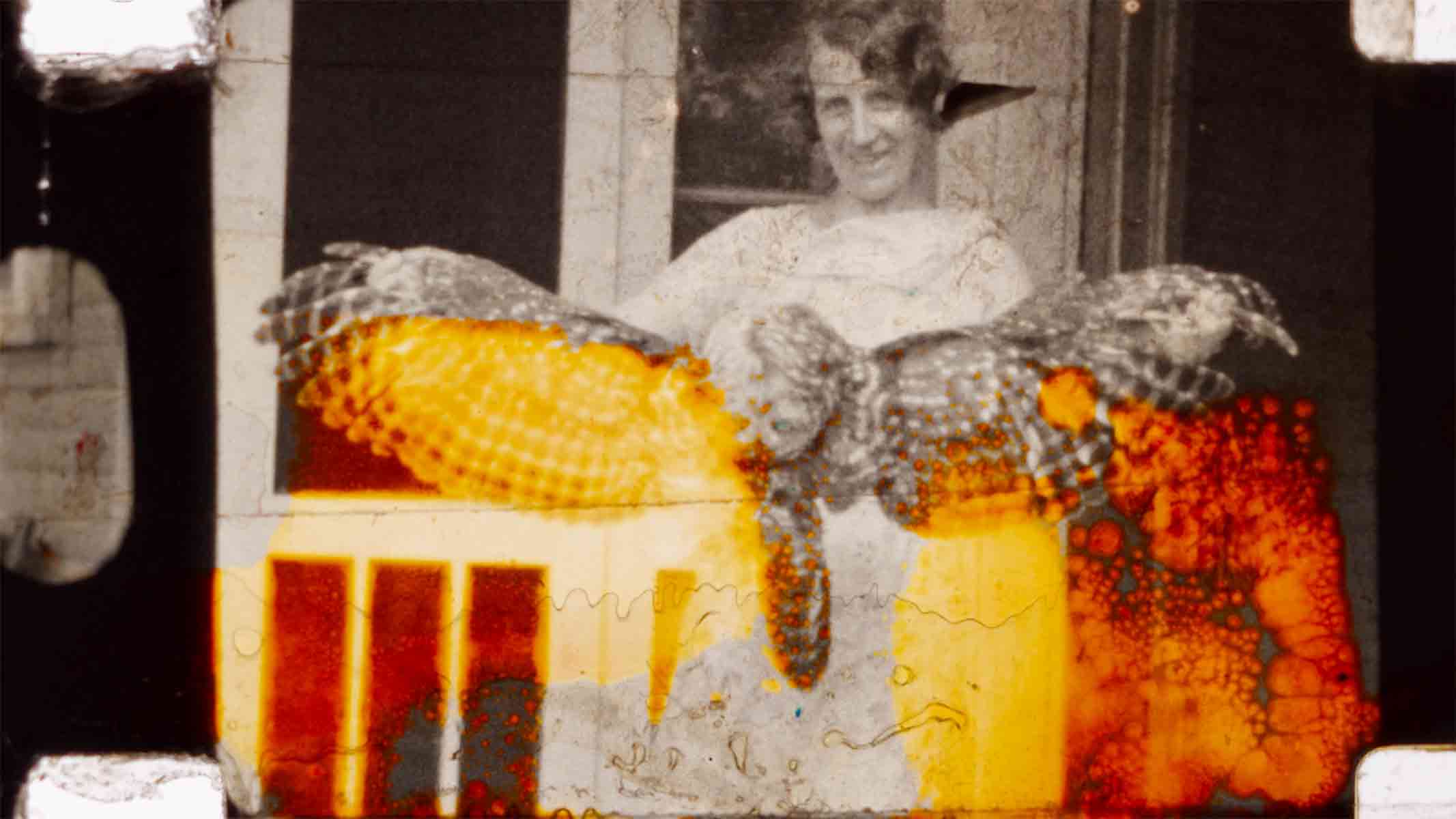
It Matters What (2019) by Francisca Duran
CROSSROADS 2020 – program 2
I am bloodless / I am the cosmos
program online August 23–September 30
program community partner: Shapeshifters Cinema
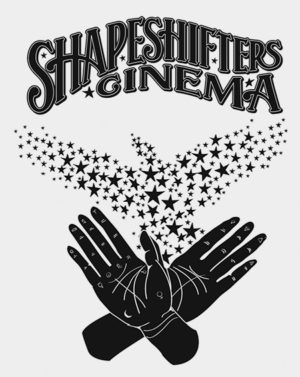
Climate change and with evolution: mythologies of reckoning. Decentered visions presented in consideration of our Anthropocene era of engagement and extinction. Views of landscape simultaneously toxic and transcendent, burning and perilous yet vibrant with teeming, flocking life. Rituals of reclamations in the face of destruction and envisionments of bodies and biologies, both organic and mineral, beyond the ken of human imagining.
SCREENING: Camera Sick (2019) by Jeremy Moss; It Matters What (2019) by Francisca Duran; Fire Fly EYE (2020) by Kerry Laitala; noonwraith blues (2020) by Kamila Kuc; Demoiselle (2018) by Eeva Siivonen; Dusty Wave (2017) by Eeva Siivonen; Fragment (1986-88) by Laura J. Padgett; La Notte Salva (2019) by Giuseppe Boccassini; Locus Suspectus (2019) by J.M. Martínez
TRT: 65 minutes
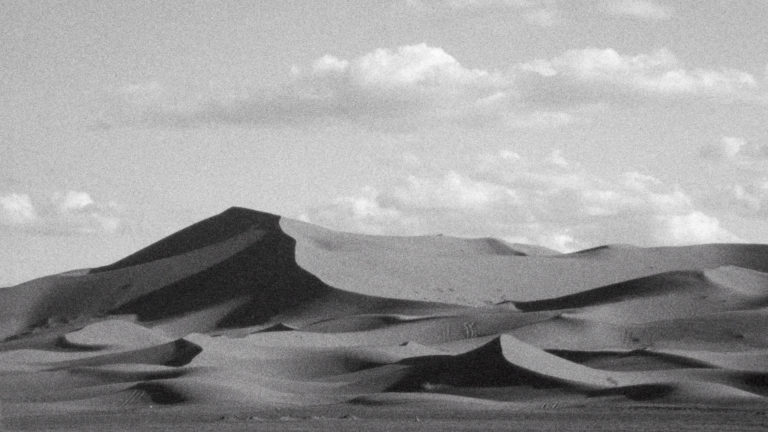
Camera Sick (2019) by Jeremy Moss
Grain size criteria. Pixels in space. The earth spins while bodies and cameras wind and rotate on its surface. Sand particles infest recording devices scratching unravelling celluloid. The camera and its operator transform from seers to ecstatic performers. (Jeremy Moss)
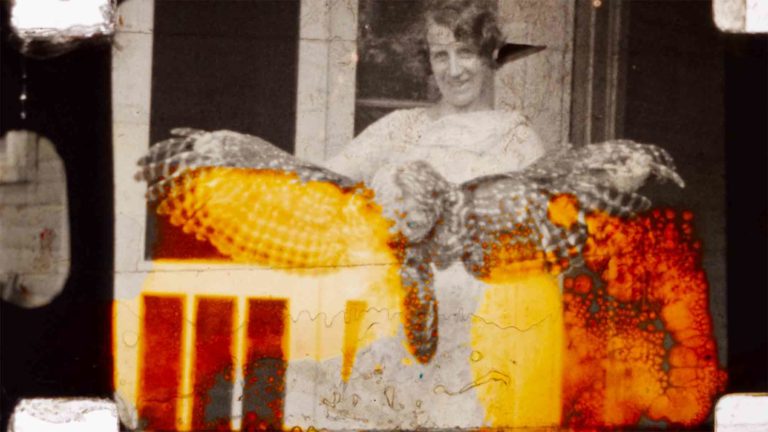
It Matters What (2019) by Francisca Duran
Absences and translations motivate this experimental animation in an exploration of the methods and materials of reproduction and inscription. The inquiry is set within a framework of practical and critical human relationships with other-than-human-species elucidated by the theorist Donna Haraway. A fragment from Haraway’s essay Tentacular Thinking: Anthropocene, Capitalocene, Chthulucene is reworked here as a poetic manifesto. Enigmatic found-footage calls into question human violence over animal species. Plant life is both the subject matter of the images and assists the means of photographic reproduction. The techniques used include in-camera animation, contact-prints and phytograms created by the exposure of 16mm film overlaid with plant material and dried for hours in direct sunlight. (Francisca Duran)
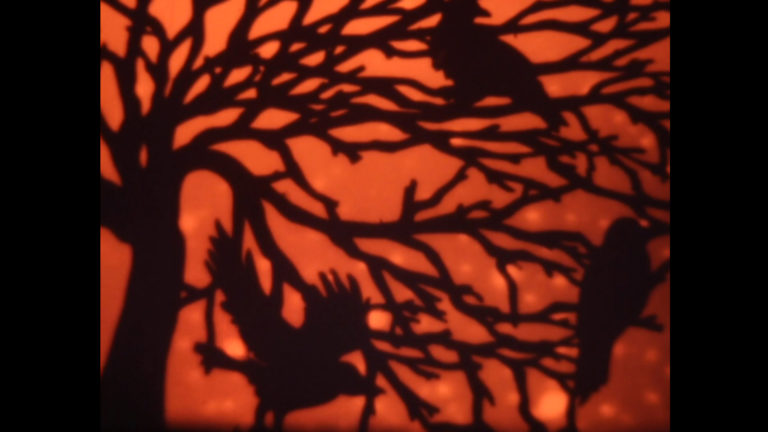
Fire Fly EYE (2020) by Kerry Laitala
Fire Fly EYE is my response to the devastating re-making of the world brought on by anthropogenic climate change and corporate “stewardship” of our natural resources. A ritual of reclamation in the face of overwhelming destruction, invoked through filming discarded consumer products, sifting spectacle out of catastrophe. (Kerry Laitala)
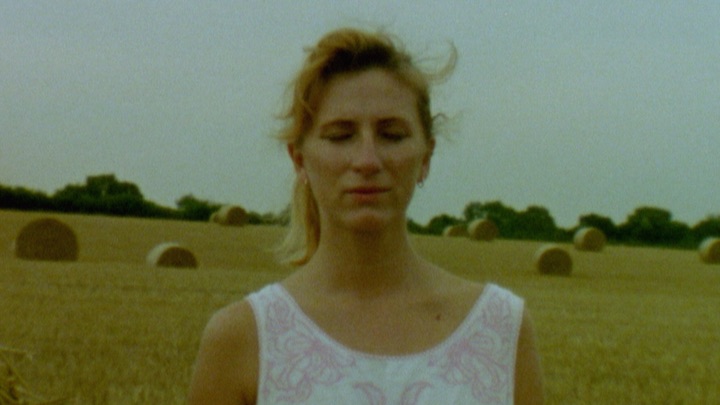
noonwraith blues (2019) by Kamila Kuc
Ominous cinegrams of Albrecht Dürer’s print Melencolia intercut, like cascading scythes, with depictions of a woman in a field, evoking repetitions that exist in harvest rituals, as well as in gestures of madness. Specters of familial anxieties creep into this loose take on the myth of Poludnica (noonwraith or Lady Midday), a Slavic harvest spirit that could cause madness in those who wandered the fields alone. (Kamila Kuc)
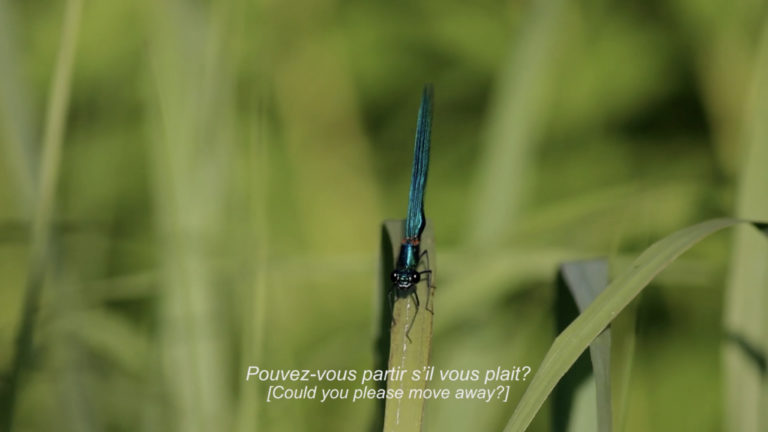
Demoiselle (2017) by Eeva Siivonen
My moving image work experiments with text, image and sound to create an experiential space—a kind of ontology—within which subjectivities and bodies as totalities don’t exist and connections and hierarchies are continuously undone and remade. Subjective experience exists as a dialogical and rhetorical relationship, as something scattered in time and space, emerging and disappearing, resisting language and definition. These works describe the complex, fluctuating, and interdependent relationships between living and non-living entities—relationships that defy linearity and boundaries. My practice is grounded in refusal and resistance to closed definitions and categories such as self/other, human/animal, interior/exterior, living/non-living and in a commitment to an inherent failure to gain knowledge of ourselves and others as the place from which ethics emerge and evolve. (Eeva Siivonen)
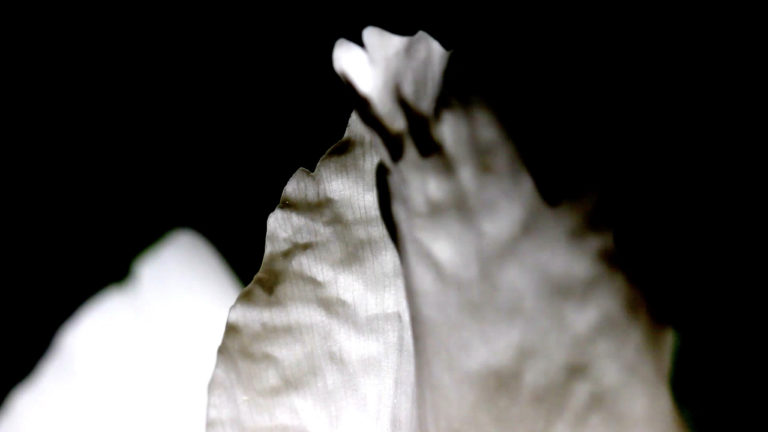
Dusty Wave (2017) by Eeva Siivonen
My moving image work experiments with text, image and sound to create an experiential space—a kind of ontology—within which subjectivities and bodies as totalities don’t exist and connections and hierarchies are continuously undone and remade. Subjective experience exists as a dialogical and rhetorical relationship, as something scattered in time and space, emerging and disappearing, resisting language and definition. These works describe the complex, fluctuating, and interdependent relationships between living and non-living entities—relationships that defy linearity and boundaries. My practice is grounded in refusal and resistance to closed definitions and categories such as self/other, human/animal, interior/exterior, living/non-living and in a commitment to an inherent failure to gain knowledge of ourselves and others as the place from which ethics emerge and evolve. (Eeva Siivonen)
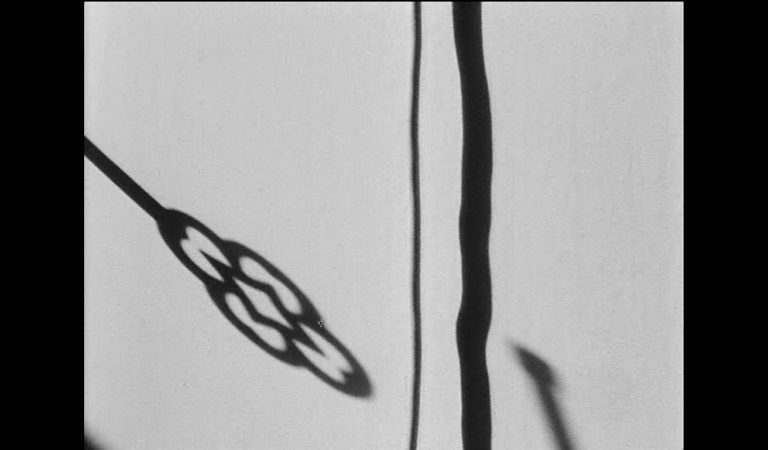
Fragment (1986-1988) by Laura J. Padgett
This film is a short study of the relation between language and visual experience. Reversal and negative takes are edited together, emphasising the quality of black and white film. The entire film was shot in one room. We hear bits of whispered text dispersed within the film, creating a sense of intimacy. (Laura J. Padgett)
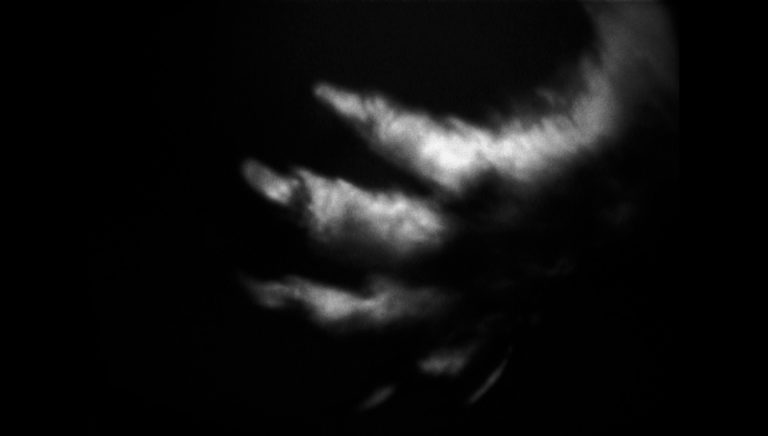
La notte salva (2019) by Giuseppe Boccassini
La notte salva (The night of nature) is a path of sensations that attempts to gather around its nature without revealing it, without opening itself to any human language. Rather, as an animal’s night call, it exists vanishing in its own closure and muteness. The film reestablishes itself onto its state of unsolved, lost and forgotten space, as a world without name, experiencing itself as a simple gesture, dreamily suspended through its own electric tension, far from any sort of destination, salvation, redemption. (Giuseppe Boccassini)
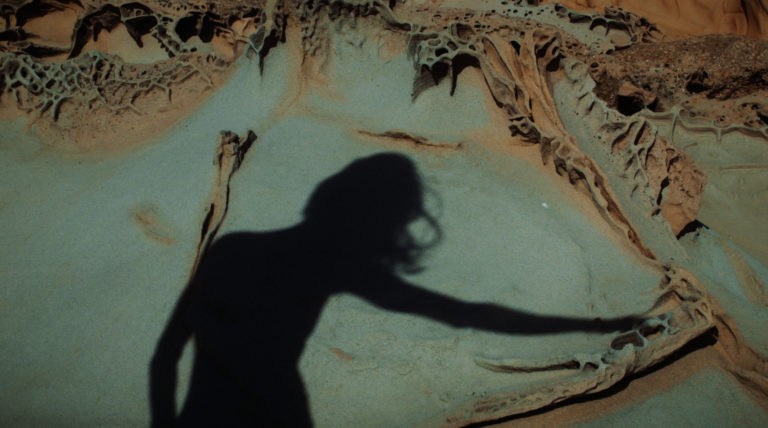
Locus Suspectus (2019) by J.M. Martínez
Eroding ideologies shift sands of unreality.
Shadow cast narratives reflecting surface.
Polarizing algorithms weathering perceptions.
The organism creates the environment.
Return to the elements.
(J.M. Martínez)
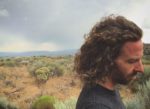 Jeremy Moss (US) is a Pennsylvania-based filmmaker from the American Southwest.
Jeremy Moss (US) is a Pennsylvania-based filmmaker from the American Southwest.
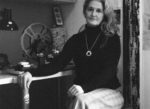 Francisca Duran (Chile/Canada) is an experimental media artist who creates films, video installation and 2D mixed-media works about history, memory and violence. Duran has exhibited internationally at film festivals and venues including Edinburgh International Film Festival, International Film Festival Rotterdam, HotDocs, Arkipel, Anthology Film Archives, Los Angeles Filmforum, John Hansard Gallery and Gallery 44. Duran holds an MFA from York University and a BAH from Queen’s University. Her practice has been supported by research, travel, and production grants from the Canada Council for the Arts.
Francisca Duran (Chile/Canada) is an experimental media artist who creates films, video installation and 2D mixed-media works about history, memory and violence. Duran has exhibited internationally at film festivals and venues including Edinburgh International Film Festival, International Film Festival Rotterdam, HotDocs, Arkipel, Anthology Film Archives, Los Angeles Filmforum, John Hansard Gallery and Gallery 44. Duran holds an MFA from York University and a BAH from Queen’s University. Her practice has been supported by research, travel, and production grants from the Canada Council for the Arts.
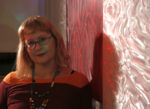 Kerry Laitala (US) is a media archaeologist whose work spans the territories of photography and expanded cinema performances to 3D single-channel video works and sculptural installation. Laitala’s work synthesizes ideas and ephemera from the realms of science, history and technology. An expert in optical printing and DIY practices—including photogram and hand-processing techniques—she utilizes these methods (among others) to re-shape “found” archival film materials into handcrafted films that embody and celebrate the phenomenon of lo-fi spectacle. She investigates our shifting relationships with the natural world and the artifacts we introduce into it, whether through installation, photography, para-cinema, performance, kinetic sculpture or single-channel forms.
Kerry Laitala (US) is a media archaeologist whose work spans the territories of photography and expanded cinema performances to 3D single-channel video works and sculptural installation. Laitala’s work synthesizes ideas and ephemera from the realms of science, history and technology. An expert in optical printing and DIY practices—including photogram and hand-processing techniques—she utilizes these methods (among others) to re-shape “found” archival film materials into handcrafted films that embody and celebrate the phenomenon of lo-fi spectacle. She investigates our shifting relationships with the natural world and the artifacts we introduce into it, whether through installation, photography, para-cinema, performance, kinetic sculpture or single-channel forms.
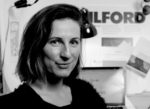 Kamila Kuc (United Kingdom/Poland) is a multimedia artist and writer whose work explores the transformative potential of apparatuses, memories and archives in the creation of societal myths and narratives. In her projects she often employs archival materials to explore complex notions of agency, belonging, identity, memory, representation and cultural heritage. Her films have screened in venues and at film festivals nationally and internationally: Whitechapel Gallery; British Film Institute; Institute of Contemporary Arts, London; Anthology Film Archives; Ann Arbor Film Festival; Experiments in Cinema; Antimatter; Montreal Underground Film Festival; and Alchemy Film and Moving Image Festival. She is also the author and editor of numerous books and articles on experimental media, including Visions of Avant-Garde Film (Indiana University Press). With Tessa Garland and Sophie Hill, she is the curator of the 2020 edition of Visions in the Nunnery, a renowned showcase of diverse moving image and performance works. She teaches film and media in the MA Film & Screen Studies at Goldsmiths, University of London.
Kamila Kuc (United Kingdom/Poland) is a multimedia artist and writer whose work explores the transformative potential of apparatuses, memories and archives in the creation of societal myths and narratives. In her projects she often employs archival materials to explore complex notions of agency, belonging, identity, memory, representation and cultural heritage. Her films have screened in venues and at film festivals nationally and internationally: Whitechapel Gallery; British Film Institute; Institute of Contemporary Arts, London; Anthology Film Archives; Ann Arbor Film Festival; Experiments in Cinema; Antimatter; Montreal Underground Film Festival; and Alchemy Film and Moving Image Festival. She is also the author and editor of numerous books and articles on experimental media, including Visions of Avant-Garde Film (Indiana University Press). With Tessa Garland and Sophie Hill, she is the curator of the 2020 edition of Visions in the Nunnery, a renowned showcase of diverse moving image and performance works. She teaches film and media in the MA Film & Screen Studies at Goldsmiths, University of London.
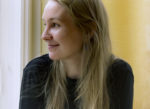 Eeva Siivonen (Finland/Canada) is a moving image artist originally from Helsinki, Finland. In her work, she sutures together visual and sonic spaces where the small and forgotten become visible and amplified in an effort to create a space for attention and empathy. She is currently based in Ontario, where she is completing her Ph.D. in Art and Visual Culture. Kuc holds an MFA in Video from Syracuse University where she studied as a Fulbright scholar. Her work has been screened at numerous film festivals, gallery exhibitions, and video art events and was awarded Jury’s Citation at Black Maria Film Festival in 2017 and the Special Prize at AVIFF Art Film Festival in 2016. She has received residency fellowships at multiple international artist residencies, most recently at Helene Wurlitzer Foundation in New Mexico and at Terra Foundation in Giverny, France.
Eeva Siivonen (Finland/Canada) is a moving image artist originally from Helsinki, Finland. In her work, she sutures together visual and sonic spaces where the small and forgotten become visible and amplified in an effort to create a space for attention and empathy. She is currently based in Ontario, where she is completing her Ph.D. in Art and Visual Culture. Kuc holds an MFA in Video from Syracuse University where she studied as a Fulbright scholar. Her work has been screened at numerous film festivals, gallery exhibitions, and video art events and was awarded Jury’s Citation at Black Maria Film Festival in 2017 and the Special Prize at AVIFF Art Film Festival in 2016. She has received residency fellowships at multiple international artist residencies, most recently at Helene Wurlitzer Foundation in New Mexico and at Terra Foundation in Giverny, France.
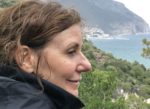 Laura J. Padgett’s (Germany/US) work explores unoccupied spaces, both real and imaginary, to reveal truths that are often overlooked. Like her subject, her work inhabits the spaces between photographic storytelling and installation, between language and image, between history and current affairs. While she uses photographic media the results are always more than photographic objects. Since the 90s Padgett has produced a wide-ranging body of work, adopting various genres such as architectural photography, still life and urban street photography while exploring our ideas of communal and cultural identity. Padgett’s work is often displayed in public spaces and plays with scale, material and the way we interpret images and their relation to history. The breadth of her work demonstrates an ability to move fluidly between genres, based on her background in painting, art history and architecture.
Laura J. Padgett’s (Germany/US) work explores unoccupied spaces, both real and imaginary, to reveal truths that are often overlooked. Like her subject, her work inhabits the spaces between photographic storytelling and installation, between language and image, between history and current affairs. While she uses photographic media the results are always more than photographic objects. Since the 90s Padgett has produced a wide-ranging body of work, adopting various genres such as architectural photography, still life and urban street photography while exploring our ideas of communal and cultural identity. Padgett’s work is often displayed in public spaces and plays with scale, material and the way we interpret images and their relation to history. The breadth of her work demonstrates an ability to move fluidly between genres, based on her background in painting, art history and architecture.
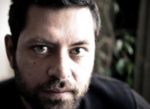 Giuseppe Boccassini (Italy/Germany) is an Italian filmmaker mainly working in Germany and Italy. He studiedgraduated in film theory at the University of Bologna and in film direction at The New University of Cinema and Television located in Cinecittà, Rome. His work has been shown at several international film festivals and exhibitions, including FID Marseille, Edinburgh International Film Festival, Ji.hlava International Documentary Film Festival (Czech Republic), Torino Film Festival, FESTACURTAS BH (Brazil), CROSSROADS (San Francisco), Avvistamenti (Italy), Punto de Vista (Spain), Trentino History Museum (Italy), Microscope Gallery (Brooklyn), Pesaro Film Festival (Italy). His entire filmography production is distributed by Light Cone. By transforming and manipulating various sources of archival material, his work reflects upon the notion of a haptic proximity of contemporary media. The director considers film as “a phallic conqueror that, folding in on itself, now flaccid deus ex machina, observes itself from the inside like a lysergic membrane that slowly founders between the folds of its own material.” He is the Founder and lead programmer of Fracto Experimental Film Encounter, held at ACUD macht neu, in Berlin.
Giuseppe Boccassini (Italy/Germany) is an Italian filmmaker mainly working in Germany and Italy. He studiedgraduated in film theory at the University of Bologna and in film direction at The New University of Cinema and Television located in Cinecittà, Rome. His work has been shown at several international film festivals and exhibitions, including FID Marseille, Edinburgh International Film Festival, Ji.hlava International Documentary Film Festival (Czech Republic), Torino Film Festival, FESTACURTAS BH (Brazil), CROSSROADS (San Francisco), Avvistamenti (Italy), Punto de Vista (Spain), Trentino History Museum (Italy), Microscope Gallery (Brooklyn), Pesaro Film Festival (Italy). His entire filmography production is distributed by Light Cone. By transforming and manipulating various sources of archival material, his work reflects upon the notion of a haptic proximity of contemporary media. The director considers film as “a phallic conqueror that, folding in on itself, now flaccid deus ex machina, observes itself from the inside like a lysergic membrane that slowly founders between the folds of its own material.” He is the Founder and lead programmer of Fracto Experimental Film Encounter, held at ACUD macht neu, in Berlin.
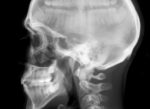 J.M. Martínez (US) is a film, video, sound and still-image maker based in the Santa Cruz Mountains of California.
J.M. Martínez (US) is a film, video, sound and still-image maker based in the Santa Cruz Mountains of California.